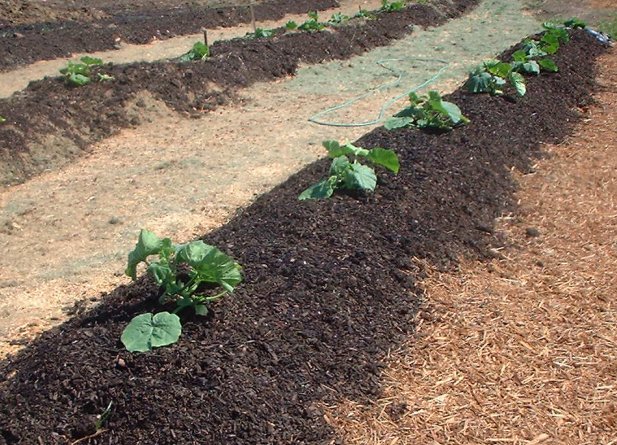
Look at that apple in your hand. Now back to me. Now back at that apple. Now back to me.
Chances are, that apple in your hand was grown out of a beautiful thing called biosolids. Now, before you raise your eyebrows, what exactly are biosolids? Well, I would tell you, but you'll probably end up throwing that apple away. But since I'm getting graded for this, I'm going to tell you anyway.
In short, biosolids are nutrient-rich materials which come from municipal wastewater plants, treated and processed in order to create fertilizer for farmers. Yes, that's exactly what it is. Your apple was grown out of someone else's dinner.
Or at least, that’s our view of “wastewater”. In fact, there’s more to it than what we’re led to perceive. Biosolids are full of nutrients such as nitrogen, phosphorus, iron and zinc that plants need to grow. Not only that, but using biosolids as fertilizer improves the fertility of the soil, prevents erosion and runoff, and increases moisture retention. With the nutrients needed already in the fertilizer, farmers and companies who produce these “biosolid fertilized” products save hundreds of dollars, as they don’t need to enhance the soil with separately purchased nutrients. Not only that, but the wastewater, or “sludge” as some people call it (though I don’t know why, it makes it sound worse than it already is), is redirected from landfills and put to good use as plant food. So not only is it economically-friendly, but environmentally-friendly too.
But wait! You might be thinking about what kind of stuff actually goes into biosolids. Since it comes from humans, and passes through a wastewater facility, the biosolid is bound to have picked up a few things along the way. Well, that’s true. Medicine, steroids, chemicals, metals, hormones and other such things have been found in biosolids before, and people against using biosolids aren’t exactly willing to let it drop. However, all biosolids that are used as fertilizers are screened and tested to ensure that it doesn’t negatively affect the plants. Farms that use biosolid fertilizer are monitored carefully to make sure that everything is running smoothly.
Even though there are benefits to using biosolids to fertilize our crops, there’s still the fact that farmers are using human waste to grow our food. To many people, especially those who don’t know the benefits of using biosolids, the concept of wastewater fertilizer is downright disgusting. Who would want to eat something that came out of someone else’s rear end? I don’t blame them; the concept sounds pretty terrible. But once people get over the “ick” factor, they’ll realize that the benefits of using biosolids for fertilizer is actually larger than the downsides.
Besides, our society wastes so much anyway, might as well put all that waste to good use.
- http://www.omafra.gov.on.ca/english/nm/nasm/sewbiobroch.htm#1
- http://green.blogs.nytimes.com/2009/04/16/biosolids-and-human-health/
- http://southeastfarmpress.com/biosolids-seen-fertilizer-alternative
- http://water.epa.gov/polwaste/wastewater/treatment/biosolids/genqa.cfm
- http://www.cwwa.ca/faqbiosolids_e.asp

No comments:
Post a Comment